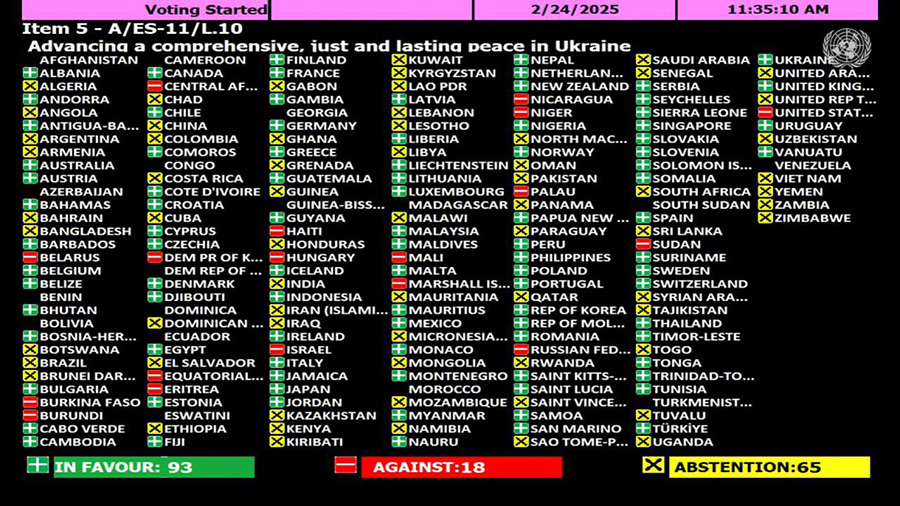Kathmandu, January 12
A major earthquake event is likely to occur in Kathmandu within years or decades, a study said on Monday.
A massive underground fault line which ruptured last year, causing a killer earthquake in Nepal, is still under tremendous strain underneath Kathmandu, the study said.
This meant another major tremor could happen in an area home to more than a million people within years or decades rather than the centuries that typically elapse between quakes, researchers wrote in the journal Nature Geoscience.
Lead author John Elliott of Oxford University said the rupture, shooting upward through the fault line from deep below, stopped abruptly 11 kilometres beneath Kathmandu, leaving an unbroken, upper portion nearer the surface.
High-resolution satellite images revealed that “only a small amount of the earthquake reached the surface,” he said in a press statement.
The unbroken upper part of the fault, added Elliott, “is continuously building up more pressure over time.”
“As this part of the fault is nearer the surface, the future rupture of this upper portion has the potential for a much greater impact on Kathmandu if it were to break in one go in a similar-sized event to that of April 2015.”
Nepal rests on a major fault line between two tectonic plates. One bears India, and pushes north and east at a rate of about two centimetres (0.8 inches) per year against the other, which carries Europe and Asia.
This process created the Himalaya mountain range, and causes earthquakes when strain built up along the fault gives way periodically, thrusting the overlying landmass up and outward.
The study is the latest to warn of the risk of another major quake around Nepal’s Gorkha district, near the epicentre of a 7.8-magnitude tremor on April 25 — the worst in Nepal in more than 80 years. It was followed on May 12 by a 7.3-strong aftershock.
A study in the same journal warned just five months ago that last year’s tremors had only partially relieved stress on the length of the fault line, and said chances for a big tremor were as high as before.
The twin quakes killed more than 8,700 people, triggered landslides and destroyed half a million homes, leaving hundreds of thousands in need of food, clean water and shelter.
“Unfortunately, there is no way of predicting precisely when another earthquake will take place,” Elliot added.
“It’s simply a case of countries and cities making sure they are well prepared for when it does happen.”
























